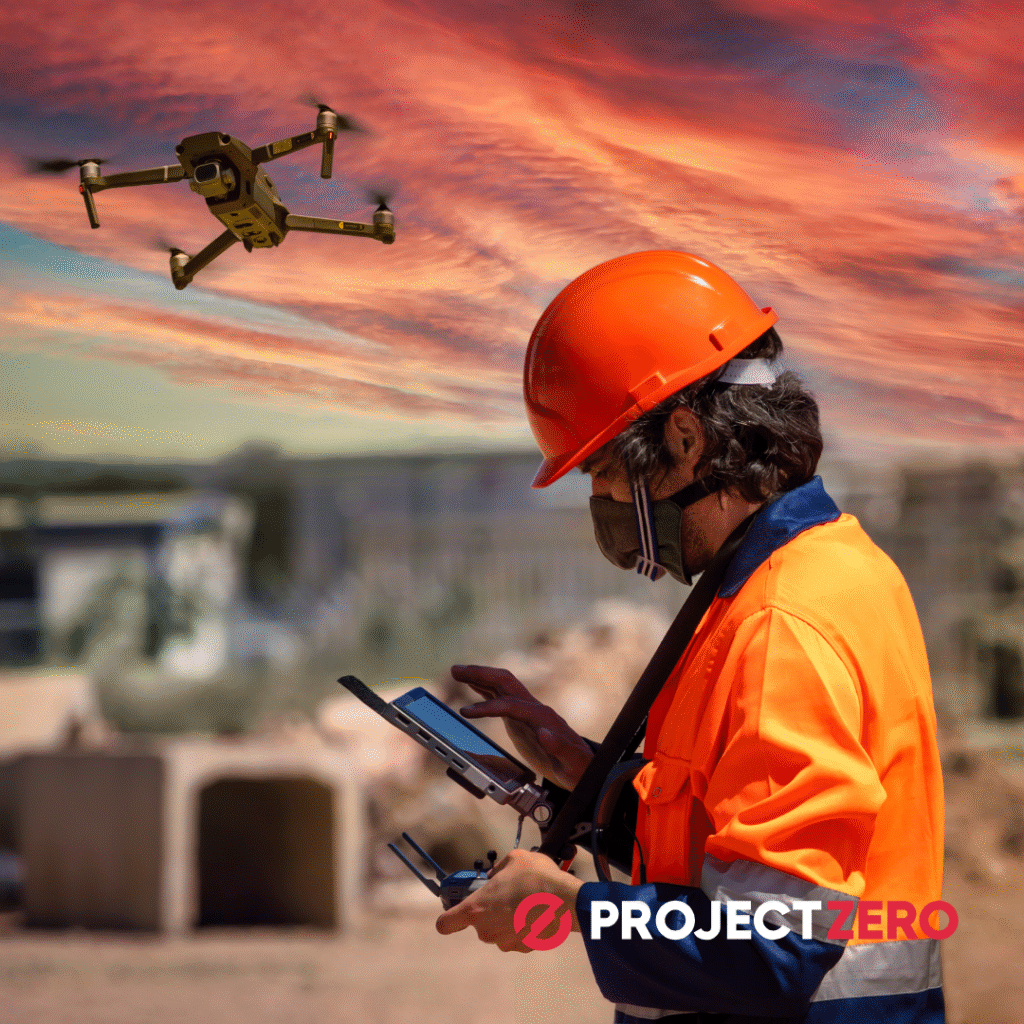
At the start of this year we spoke about remote audits and virtual inspections as innovative ways to check hidden spaces without putting a person in danger. The next step is already here: drones that fly inside the space and bring back a full 3-D map and some other reports based on your needs (if properly equipped).
Imagine a Saturday shutdown in a food plant provided with a 25-metre drying tower. In the past, a crew was requested to build a scaffold inside it, climb up with torches and spend days looking for rust. Production had to be stopped, permits built up, and every related hour cost a lot of money. Now you can consider a new picture: the team rolls in a small cage, opens it, and lets a drone the size of a shoebox take off. It hovers, turns, and sends out thousands of tiny laser pulses.
Those pulses are LiDAR—Light Detection and Ranging. The drone measures how long each pulse takes to bounce back and then draws a cloud of points. Software joins the points into a 3-D picture you can spin on any laptop. Place this year’s model on top of last year’s, and changes stand out in bright colour: a dent that grew three millimetres, a small crack near a weld, a nozzle half-blocked by product.
Why the numbers make sense
Time: A stack survey that once took seven scaffold days now fits into half a day.
Money: The rental fee is often less than the scaffold hire alone, and the plant starts again very soon.
Safety: Work in a confined space must be justified and minimized as much as possible. Replacing forty exposure hours with ten drone minutes is an easy answer.
Better data also feeds the digital twin of the plant. Engineers load the point cloud into the twin and update stress or flow models in minutes. The better the picture, the better the repair plan.
Watch out for two common traps
Short batteries: Many drones fly only eight to ten minutes. Bring spare packs.
Weak radio inside steel: Thick walls can block the signal. Use a tethered repeater or pick a drone that stores data on board and downloads after landing.
Shortage of Quality Control Professionals with drone drone flying license: driving a drone requires specific training & license but not all QC include it.
What comes next
New LiDAR drones promise twenty-minute flights and automatic crack alerts by 2026. Rope teams will still have a place, but they will start where drones show a real issue, not where we guess.
One simple question for 2025: if a small machine can see the danger sooner and cheaper, why are we still climbing?
